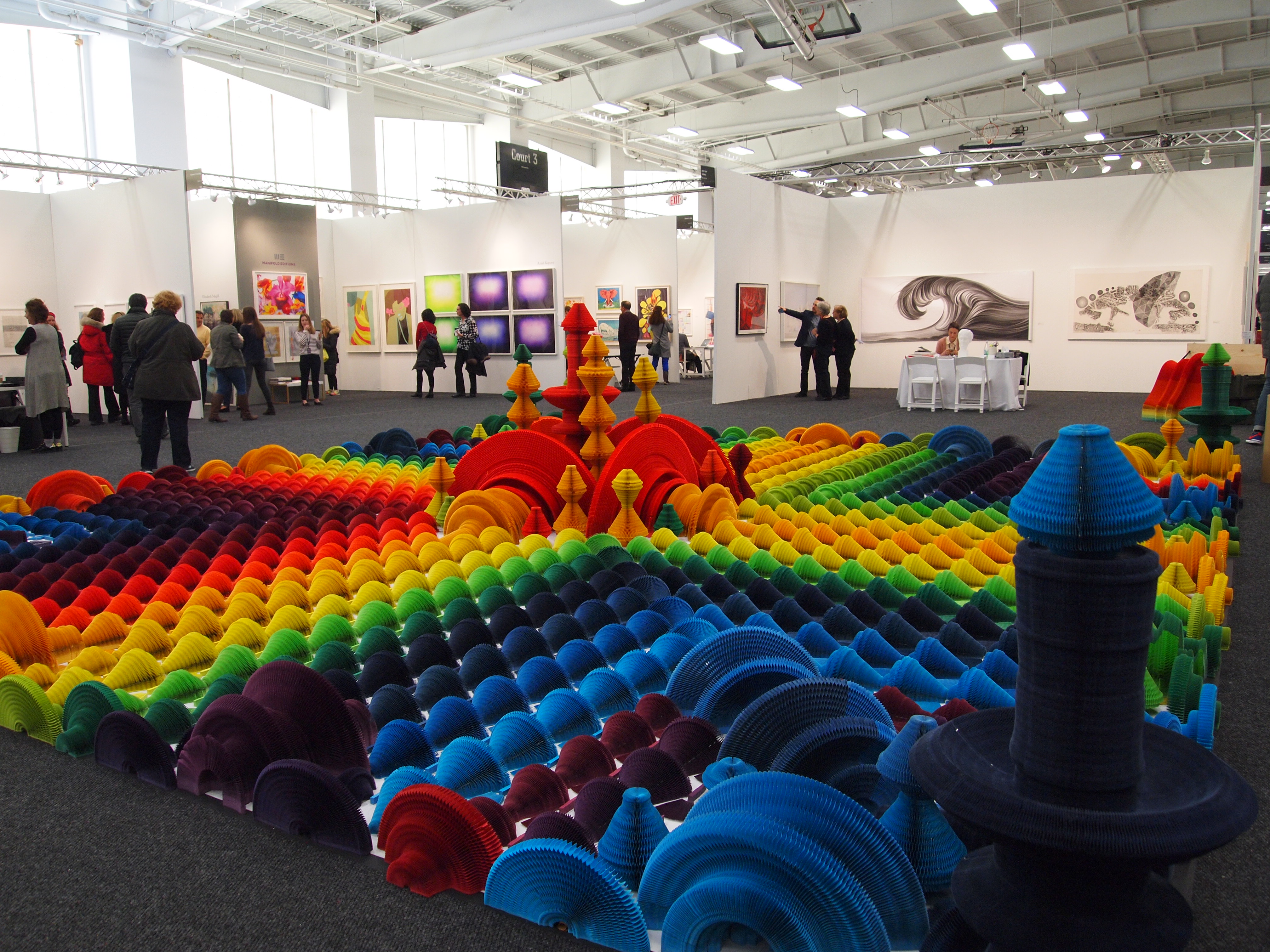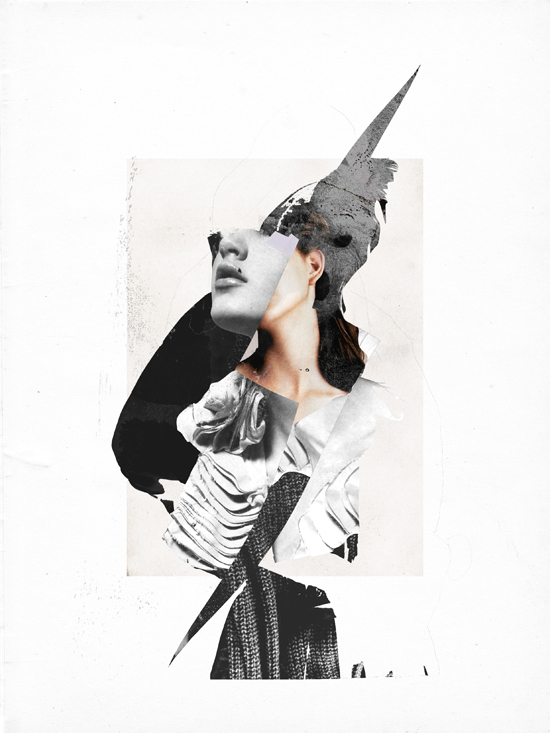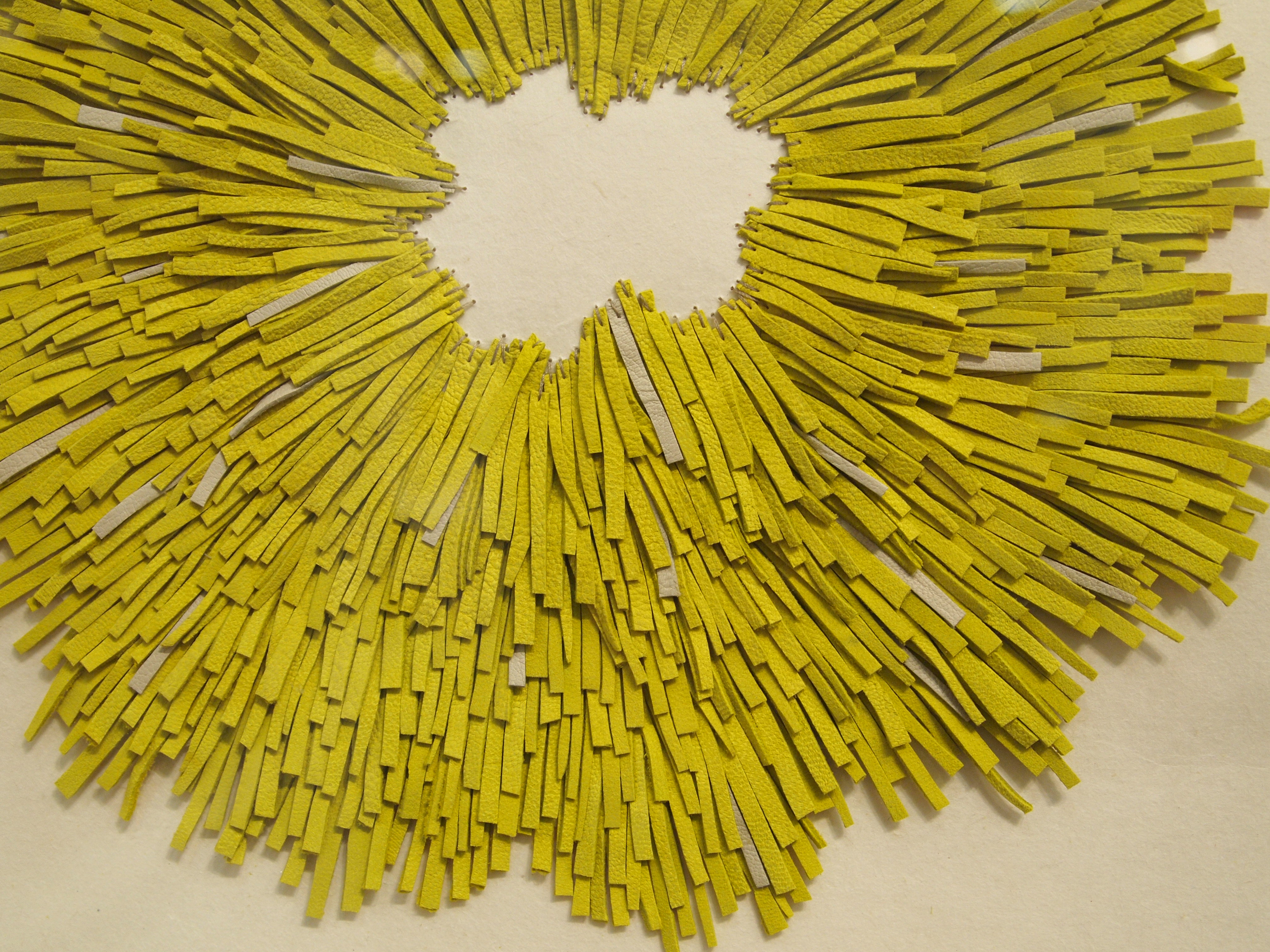With current events being as they are, the importance of art in society and our daily life has become ever more apparent. It is essential to know one thing: collecting and supporting the arts is not reserved only for the wealthy. In fact, one look at our fairly recent past will demonstrate how art flourished and boomed in New York in the 60s, 70s, and 80s when the financial situation was not always ideal. Artists, curators, and art lovers, in general, played an important part in creating one of the most exciting and active artistic periods.
So, if you are wondering how to go about starting your own collection, I have gathered below a few tips that I am applying myself. Feel free to add any others you may have in the comment section below!
The “Aesthetic” Issue
- Before purchasing works of art with the purpose of creating a collection, it goes without saying that it will help tremendously to know yourself, your interests, and personal taste. Regardless of whether you are a professional in the field or not, when it comes to ones own collection, personal “aesthetics” definitely come into play. If you are drawn to a particular medium (see painting, drawing, sculpture), or have an obsession with a type of object or a specific color, naturally, this may narrow your pool of prospects quite a bit. I use quotations for the word aesthetics mainly because the term is highly problematic and does not necessarily represent a level of beauty. Rather, when it comes to selecting artwork aesthetics often overcome the narrow ideas we carry about what is beautiful to encompass the moving, the disturbing, the calming or other qualities a work may have.
- That being said, dare to think out of the box. Having particular tastes and aesthetic criteria may be a first step in avoiding the feeling of overwhelm that comes with not knowing where to begin. However, art is fun, it teaches us things, and it encourages thought and discussion. As such, getting a little out of your comfort zone will add excitement to the process of collecting, as much as to the enjoyment of the work once placed in its designated space. Allow yourself the freedom to experiment and enjoy the process of discovering new works and artists along the way.
- Finally, remember to take your time. Collecting — unless you are going after an auctioned work — should be well thought out as much as enjoyed. Taking a bit of extra time to find the artist, the work, and decide if it is a good fit for you in the now, and even in the near future will give you the confidence boost needed to make the final purchase…or not.

Entrance to the Art on Paper Fair, 2016. Image by Author.
The Practical Aspects
- Know the medium of the work you are interested in purchasing. This alone will set certain criteria for facilitating your investment on many levels – from certifying authenticity to settling on the price. For example, if you are interested in a photograph, it will help to know what type of print it is, if it derives from the original film or is a reproduction, if it is a part of a series and what number (often written on the back), and so on. Getting acquainted with the medium deeply will also help you in doing small a market assessment and compare prices.
- Set a budget for yourself. It is good to know how much you are willing to spend from the start. It is up to you to set particular rules like whether you will go above any set limits and what the exception will be.
Where to Find the Art
- There are two standard ways I have experience in obtaining works of art: from a gallery (whether online or in person though nothing beats the latter), and from the artist directly. Depending on what works you are interested in collecting, you may look up and find galleries dedicated to the particular medium, or ones that represent an artist you admire. Art fairs are also an excellent means of finding works. Oftentimes, seeking out artists and works in this way provides you with direct contact with the artists themselves or a visit to their studio. It is a fascinating process!

Raphael Vicenzi, Collages 2016. Image shared by artist on Behance.net.
- However, here too, it serves to think creatively. There are infinite other places where you may meet an artist or find the artwork you would like to add to your collection. Aside from the expected gallery openings, art fairs and events which are fail-proof, you may even consider least suspecting places like…the streets. I had some incredible conversations with an artist who’s work I first encountered plastered on electricity columns in SoHo. I reached out to my social media circle inquiring whether anyone knew who the artist was, and after a while, we were talking over coffee!
- Additionally, certain retail stores that are geared towards an overall lifestyle outlook offer prints, or in the least, information and names of artists. I discovered some lovely female print-makers and illustrators on one of a million visits to Anthropologie a few months ago.
- Finally, taking inspiration from Sol LeWitt and Donald Judd, if you are an artist yourself, you may even consider the possibility of exchanging works with another artist.
This being said here are links to some of my favorite places to find works that can appeal to a variety of budgets:
– Uprise Art: A gallery that operates chiefly online, though offers gallery visits to its patrons, and takes advantage of New York City’s amazing landscape to display artworks.
– The Affordable Art Fair: An art fair that occurs multiple times a year and offers access to works in varying mediums and price ranges – all original.
– Artnet Auctions: If you would like to try participating in an auction online.
– Absolut Art: another excellent online platform for buying art.
– Behance: This is an incredible online platform for showcasing work.
– Anthropologie: They are known to collaborate with artists and also have a “Featured Artists” section online.

Comments are closed.